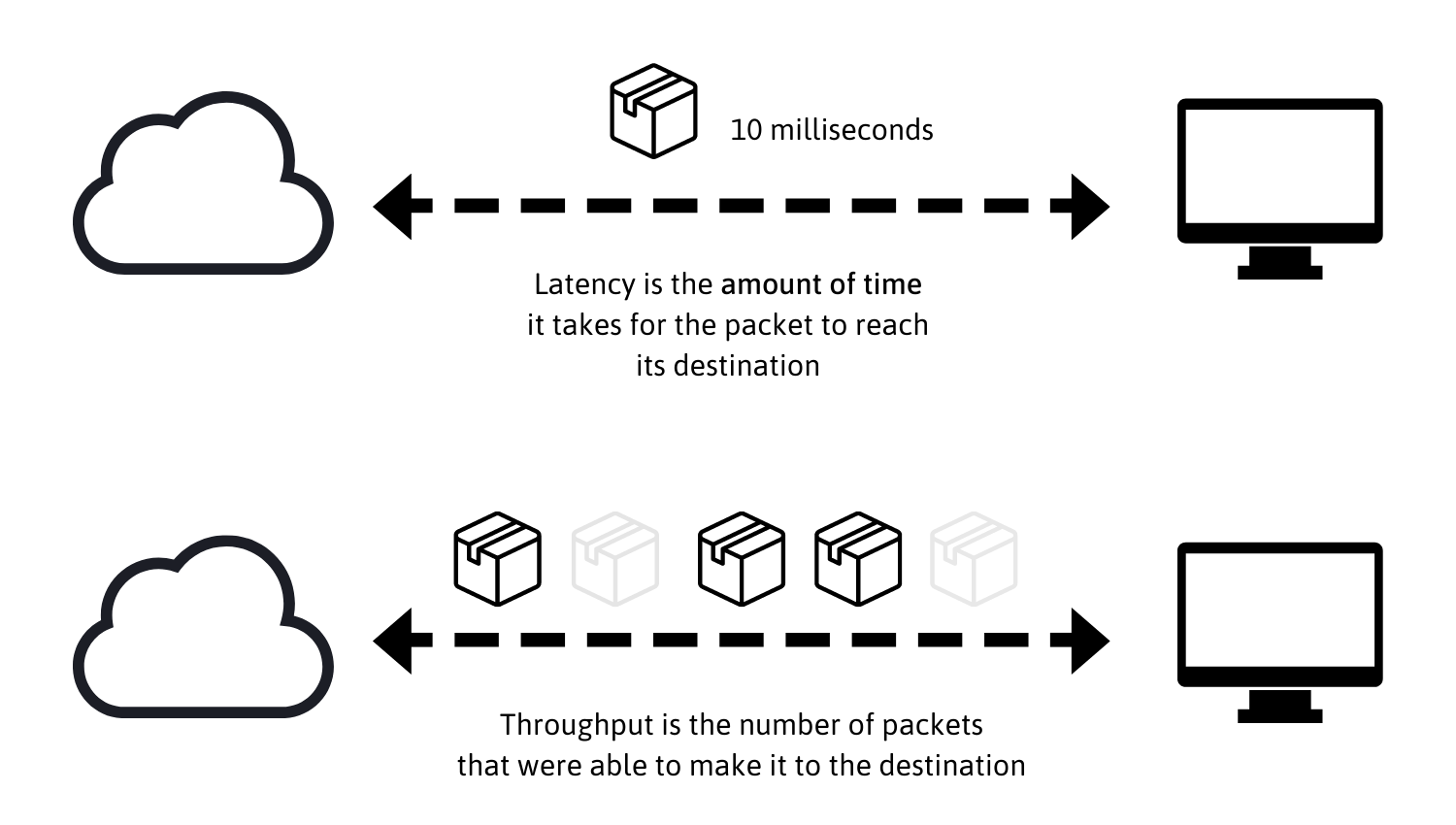Redis: The Super-Fast In-Memory Data Store
 Awais Hyder
Awais Hyder
What is Redis?
Redis (Remote Dictionary Server) is an open-source, in-memory key-value store known for its speed and flexibility. It is widely used as a cache, message broker, or even a primary database for real-time applications. Unlike traditional databases that rely on disk storage, Redis keeps everything in RAM, ensuring ultra-fast read and write operations.
Why Use Redis?
Redis is designed to handle high-throughput, low-latency workloads. Here are some of the key reasons why developers choose Redis:

1. Lightning-Fast Performance
Since Redis operates entirely in memory, it delivers sub-millisecond response times, making it ideal for applications that require real-time processing. Redis can handle millions of requests per second without breaking a sweat.
2. Efficient Caching Solution

One of the most common use cases of Redis is caching. By storing frequently accessed data in Redis, applications can significantly reduce database load and improve response times. This is especially useful for:
API response caching
Database query result caching
Web page caching
3. Advanced Data Structures
Unlike traditional key-value stores, Redis supports a variety of data structures, including:
Strings – Simple key-value storage
Lists – Ordered collections, ideal for queues
Sets – Unordered collections of unique elements
Sorted Sets – Ordered collections, great for leaderboards
Hashes – Key-value pairs within a key, perfect for storing user profiles
Bitmaps, HyperLogLogs, Streams – Specialized data structures for advanced use cases
4. Session Management
Redis is commonly used for managing user sessions in web applications. Since it operates in memory, session retrieval is ultra-fast, ensuring a seamless user experience.
5. Real-Time Messaging & Pub/Sub
Redis supports a publish/subscribe (Pub/Sub) model, making it an excellent choice for real-time messaging applications such as:
Chat applications
Live notifications
Event-driven architectures
6. Persistence & Durability
Even though Redis is an in-memory store, it provides options for persistence:
RDB (Redis Database File) – Periodic snapshots of data for backup
AOF (Append Only File) – Logs every write operation for durability
These features ensure that data is not lost in case of a server restart.
7. Scalability & High Availability
Redis supports multiple replication and clustering mechanisms:
Replication – Master-slave architecture for data redundancy
Clustering – Distributes data across multiple nodes for horizontal scaling
Redis Sentinel – Provides high availability and automatic failover
Common Use Cases of Redis
Redis is used by some of the largest companies in the world to power high-performance applications. Some common use cases include:
🔹 Caching
Accelerate web applications by storing frequently accessed data in memory.
🔹 Session Storage
Manage user sessions efficiently in scalable web applications.
🔹 Leaderboards & Ranking Systems
Use Sorted Sets to maintain high scores and rankings in gaming applications.
🔹 Real-Time Analytics
Track real-time metrics such as views, clicks, and votes.
🔹 Message Queues
Use Redis as a lightweight message broker for asynchronous processing.
Final Thoughts
Redis is a high-performance, in-memory data store that excels at caching, real-time messaging, and high-speed data processing. With its versatility, scalability, and ease of use, Redis remains a top choice for developers building modern, high-performance applications. If your application requires speed and efficiency, Redis is definitely worth considering!
Next blog: ‘how to implement redis Catching in Spring Boot Application’
Subscribe to my newsletter
Read articles from Awais Hyder directly inside your inbox. Subscribe to the newsletter, and don't miss out.
Written by

Awais Hyder
Awais Hyder
Hello, I'm Awais Hyder, a dedicated Computer Science student currently specializing in Java Backend Development with modern frameworks. My passion for programming and technology drives me to explore and master tools like Spring Boot, Hibernate, and other vital components of backend development. Through this platform, I aim to document and share my learning journey, providing insights into the challenges and milestones encountered along the way. This blog serves as a space for me to reflect on my experiences, discuss the evolving world of programming, and share the knowledge I gain with the broader tech community. I invite feedback, discussions, and exchange of ideas to continually improve my skills and contribute to the growth of others in the field. I hope my posts will not only help reinforce my understanding but also inspire and assist fellow learners and professionals navigating the world of Java backend development. Feel free to connect with me, share your thoughts, and let's learn together!